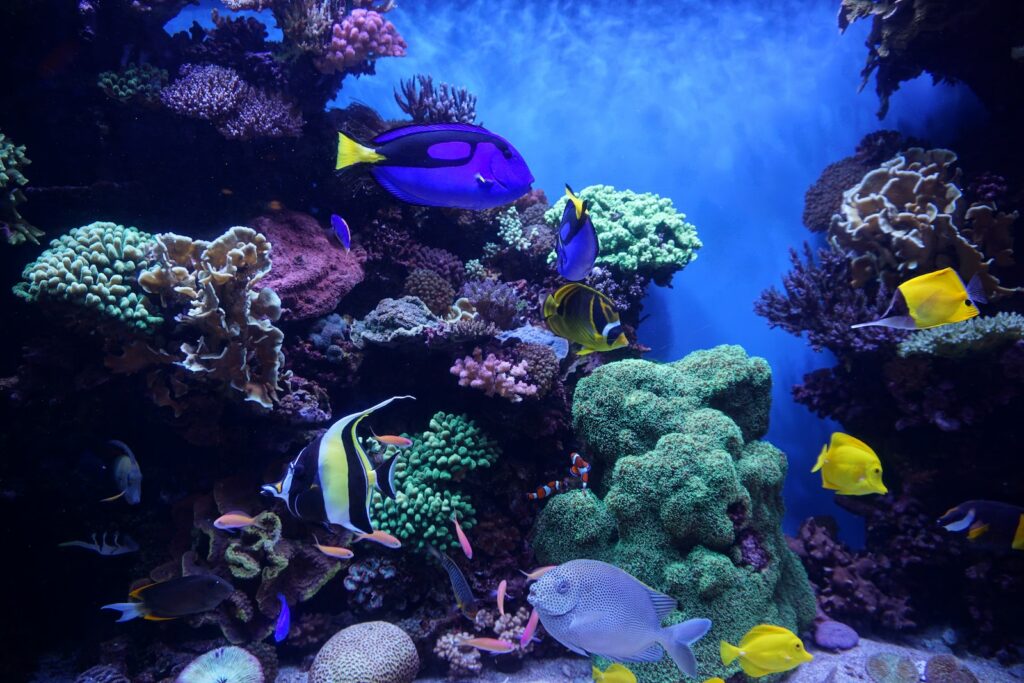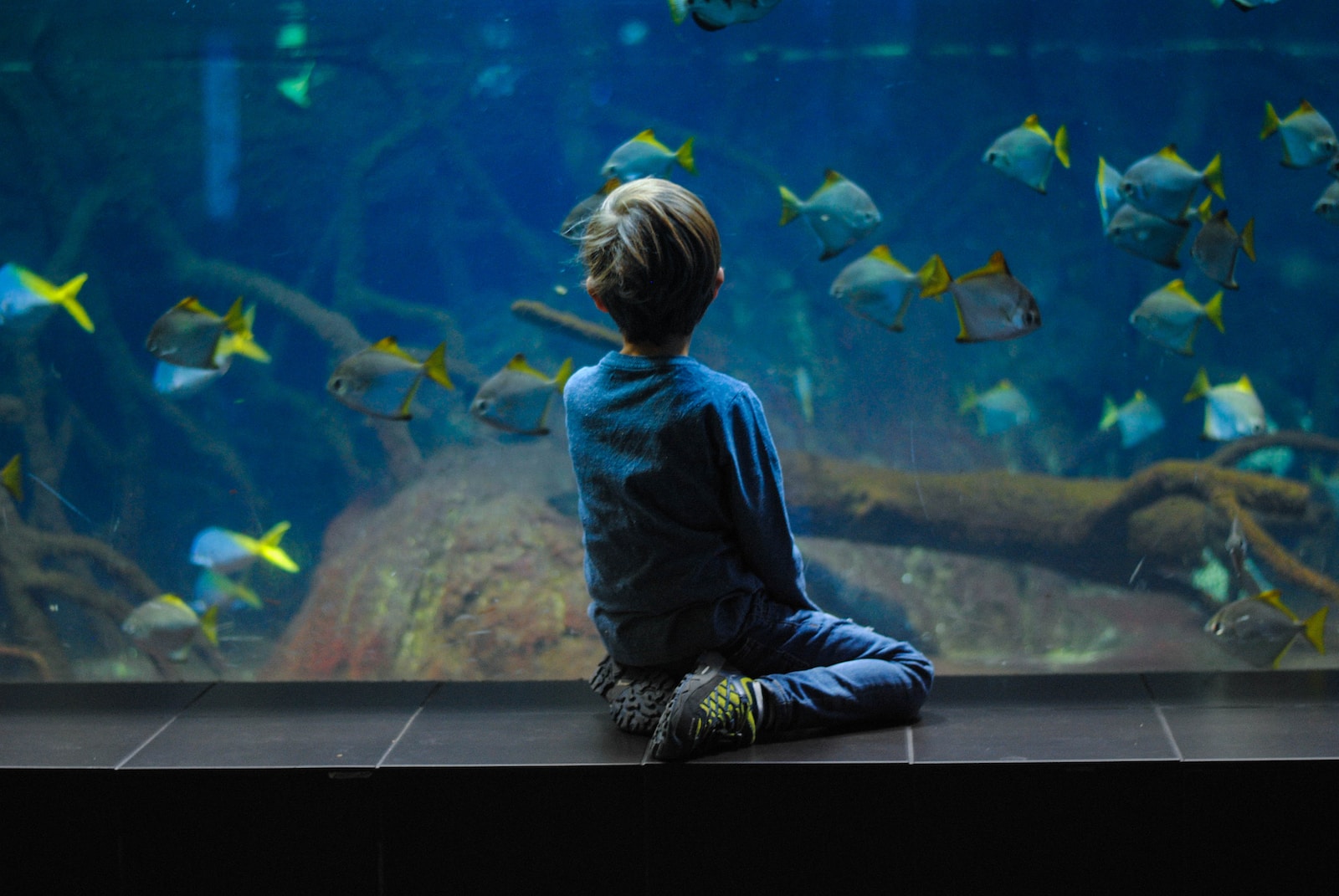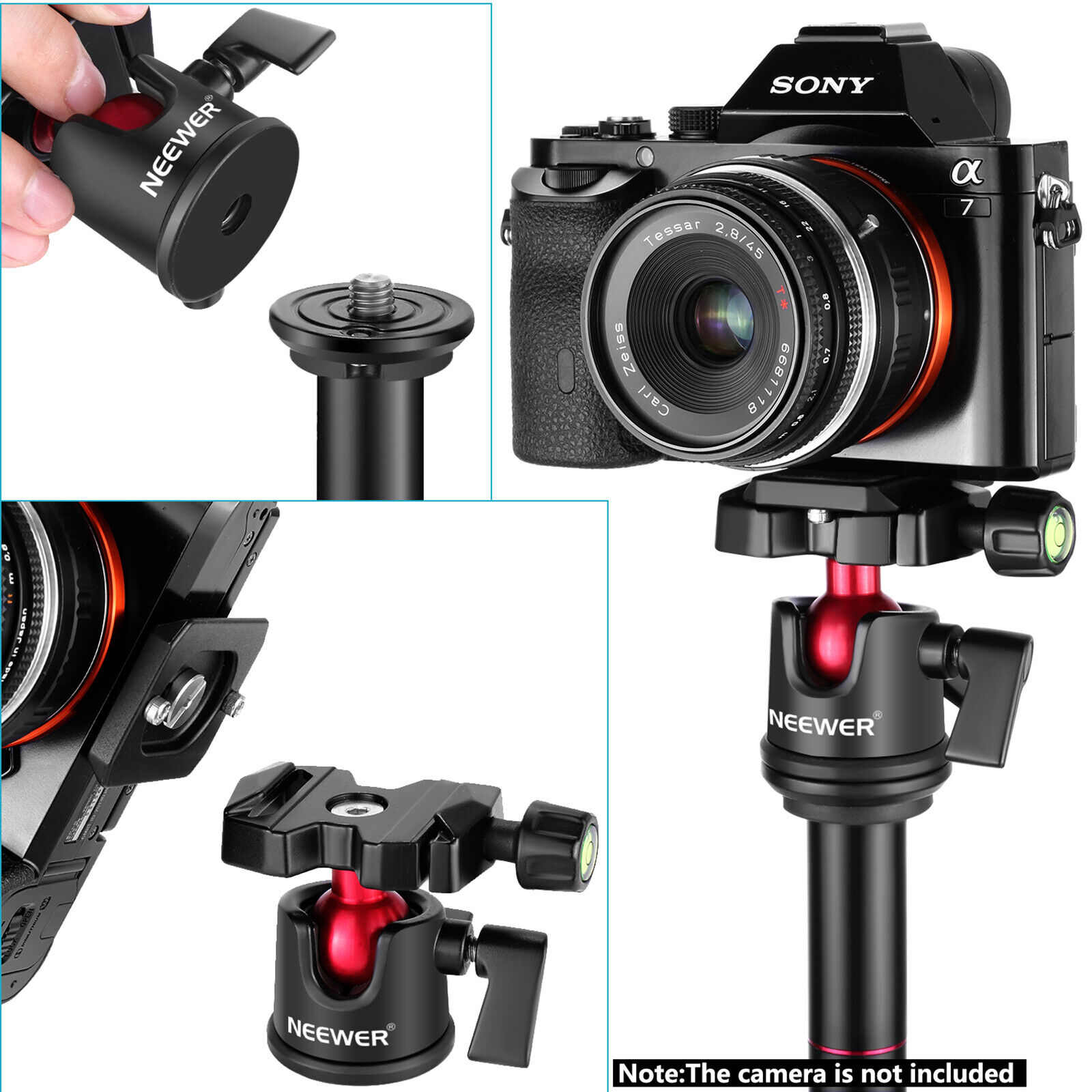Welcome to “Bringing Aquarium Life to Your Lens,” where we dive deep into the world of aquarium photography. In this blog post, we will explore the fascinating art of capturing stunning images of underwater life within aquariums. From mastering tricky lighting conditions to adjusting white balance and freezing movement, we’ll share invaluable tips and techniques that will elevate your photography skills to new depths. So grab your camera and join us on this aquatic adventure!
Table of Contents
Exploring the Captivating World of Aquarium Photography
Bringing the mesmerizing beauty of aquarium life to your lens is a thrilling experience for any photography enthusiast. The colorful array of underwater creatures combined with the challenge of low light conditions make aquarium photography a unique art form. In this blog, we will delve into the secrets of capturing stunning images of aquatic life, focusing on lighting conditions, white balance, and movement.
Unleashing the Magic of Low Light Photography
Aquariums often create an enchanting atmosphere through dim lighting, mimicking the underwater environment inhabited by your subjects. To capture the ethereal beauty, it’s crucial to master the art of low light photography.
Start by selecting a fast lens with a wide aperture, such as f/1.8 or lower. This allows more light to enter the camera, resulting in brighter images with less noise. Experiment with longer exposure times, but be sure to stabilize your camera with a tripod or steady surface to avoid blurriness.
Additionally, consider increasing your camera’s ISO setting to compensate for the limited light. However, keep in mind that high ISO values can introduce grain or digital noise, so finding the right balance is essential.
Capturing the Essence of Movement
The fluid nature of aquarium life presents a captivating challenge when it comes to photography. To depict the dynamic essence of your subjects, make use of various techniques that emphasize movement.
Experiment with slower shutter speeds to capture the graceful motion of fish swimming through the water. This will create a sense of dynamism and fluidity in your images. Alternatively, using a faster shutter speed can freeze the action, highlighting the intricate details of an animal in motion.
Consider adjusting your camera’s focus mode to continuous autofocus. This enables your camera to track moving subjects, ensuring their crispness even in the midst of rapid movement.
Mastering White Balance for True Colors
Achieving accurate colors in aquarium photography can be challenging due to ambient lighting and water conditions. Understanding white balance is crucial for producing vibrant and true-to-life images.
Begin by setting a custom white balance to neutralize any color cast resulting from the artificial lighting in the aquarium. This can be done by photographing a white or gray card under the same lighting conditions and then using it as a reference point during post-processing.
Alternatively, experiment with the different white balance presets on your camera, such as fluorescent or tungsten, to find the one that provides the most accurate colors for your specific aquarium environment.
Remember, practice makes perfect. Take time to experiment with different settings, compositions, and techniques. Keep in mind the unique challenges that aquarium photography presents, but also embrace the endless possibilities it offers. By understanding lighting conditions, mastering movement, and perfecting white balance, you’ll be able to bring the captivating world of aquarium life to life through your lens.
Did you know that aquarium photography is a unique and challenging form of photography that requires specific techniques, such as adjusting white balance and managing low light conditions, to capture the vibrant colors and movement of underwater life?
The Best Camera Options
Aquarium photography presents unique challenges due to low light conditions and fast-moving subjects. To capture stunning images, it’s essential to invest in a camera with certain features. Here are some camera options that will enhance your aquarium photography skills:
- Mirrorless Cameras: These cameras are gaining popularity among photographers for their lightweight design and impressive image quality. Mirrorless cameras offer excellent low light performance and fast autofocus, making them perfect for capturing underwater creatures in their natural habitat.
- DSLR Cameras: Traditional DSLR cameras remain a solid choice for aquarium photography. They provide versatility, allowing you to interchange lenses and experiment with different focal lengths. Full-frame DSLRs with high ISO capabilities are highly recommended for photographing aquariums with challenging lighting conditions.
- Compact Cameras: If you’re looking for a more portable option, compact cameras can still deliver impressive results, especially those designed explicitly for underwater photography. Look for compact cameras with manual control options, a wide aperture, and good low light performance.
Essential Lenses
Choosing the right lens is crucial for capturing the intricate details of aquarium life. Here are some lens options that will enhance your underwater photography:
- Macro Lens: A macro lens is ideal for capturing the tiny and intricate details of coral reefs, fish scales, and other minute subjects. With a magnification ratio of 1:1 or higher, a macro lens allows you to capture stunning close-up images without losing sharpness or detail.
- Wide-angle Lens: A wide-angle lens is perfect for photographing larger aquarium displays or capturing entire ecosystems. It helps you create immersive images that showcase the beauty and grandeur of the underwater world.
- Telephoto Lens: A telephoto lens can be useful in situations where getting close to the subject is challenging, such as larger tanks or displays with shy or elusive creatures. It enables you to capture detailed shots and isolate specific subjects even from a distance.
Remember, the best camera and lens combination ultimately depends on your specific needs and preferences. Consider factors such as budget, the type of aquarium you’ll be photographing, and the level of control you desire over your camera settings.
Experimenting with different camera and lens combinations will help you discover your own unique style and produce stunning images of aquarium life. Don’t be afraid to try new equipment and techniques to push the boundaries of your creativity.

Exploring the Best Vantage Points for Capturing Stunning Aquarium Photos
When it comes to aquarium photography, timing and positioning are key factors in capturing extraordinary images. By understanding the ideal conditions and strategic vantage points, you can elevate your photography game and bring aquarium life to your lens. Let’s delve into the best time of year to take photos, as well as the optimal positions to get those breathtaking shots.
Strategic Vantage Points and Positions
Exploring different vantage points and positions within an aquarium can help you discover captivating compositions and perspectives that truly showcase the wonders of aquatic life. Here are a few suggestions to get you started:
- Eye-Level Shots: By positioning yourself at eye level with your subjects, you can create a more immersive experience for your viewers. This perspective allows you to capture the intricate details and expressions of marine creatures, resulting in intimate and engaging photographs.
- Top-Down Views: Capturing images from above offers a unique and captivating perspective, especially when photographing large tanks or exhibits. This vantage point allows you to highlight the patterns, formations, and movements of aquatic life from a bird’s-eye view.
- Behind-the-Glass Shots: Experiment with shooting through the glass of the aquarium to create a sense of depth and dimension in your photographs. By incorporating the glass into the composition, you can add an interesting element of texture or reflections to your images.
- Natural Light Utilization: Identify areas within the aquarium where natural light filters through, and position yourself strategically to capitalize on this unique lighting. These spots can generate stunning silhouettes, shimmering effects, and reflections that bring your photos to life.
- Motion Blur and Freeze Techniques: Depending on the movement of your subjects, you can employ different techniques to convey a sense of motion or freeze the action. Experiment with slower shutter speeds for mesmerizing blurs or faster speeds to capture fast-paced movements with exceptional clarity.
Remember, each aquarium presents its own distinctive features and exhibits. By exploring different vantage points, positions, and techniques, you can uncover hidden perspectives and capture awe-inspiring images that transport viewers into the enchanting world of aquarium life.
Tip: When photographing aquarium life, choose a fast lens with a wide aperture to capture sharp images in low light conditions. Additionally, set your camera to a higher ISO to compensate for the lack of light. This combination will ensure vibrant and detailed shots of the underwater world.
Frequently Asked Questions
1. How can I improve my aquarium photography?
To improve your aquarium photography, make sure to consider the lighting conditions inside the aquarium. Adjust your camera settings accordingly to capture the vibrant colors and details of the marine life. Additionally, use a tripod to avoid camera shake and experiment with different angles and perspectives to create unique compositions.
2. What white balance setting should I use for aquarium photography?
When shooting in an aquarium, it is recommended to set your camera’s white balance manually. Use the custom white balance feature by placing a white or gray card inside the tank and adjusting the settings until the card appears neutral. This will help ensure accurate colors in your photographs.
3. How can I capture movement in aquarium photography?
To capture movement in your aquarium photography, use a fast shutter speed to freeze the motion of the aquatic life. Experiment with burst mode or continuous shooting to increase your chances of getting a perfectly timed shot. Patience is key when waiting for the perfect moment!
4. What are some additional tips for low light aquarium photography?
In low light conditions, consider using a wide aperture (low f-number) to maximize the amount of light coming into your lens. Increase your ISO settings to avoid underexposure, but be mindful of noise. Utilize a slower shutter speed if necessary, but be cautious of any motion blur caused by your hand movement or subject movement.
5. Should I use flash in aquarium photography?
Using flash in aquarium photography can often cause unwanted glare and reflections on the glass. It is generally recommended to avoid using flash unless the aquarium has specific rules allowing it, or if you have access to off-camera flash setups. Instead, try to utilize the available lighting inside the aquarium or use a continuous light source.
Wrap Up
Bringing Aquarium Life to Your Lens is all about capturing the beauty and wonder of underwater worlds through photography. From using the right lighting techniques to adjusting white balance and freezing movement, these tips and tricks will help you create stunning images every time.
So, grab your camera, dive into the world of aquarium photography, and let your creativity flow. Don’t forget to experiment with different angles, compositions, and settings to truly bring the magic of marine life to life in your photographs. Whether you’re an aspiring photographer or a seasoned pro, there’s always something new to discover and explore in the world beneath the waves.
We hope you found this guide useful and inspiring. Now it’s your turn! Share your own aquarium photography experiences, tips, and favorite shots in the comments below. Let’s start a conversation and continue to learn from each other. Happy shooting!



